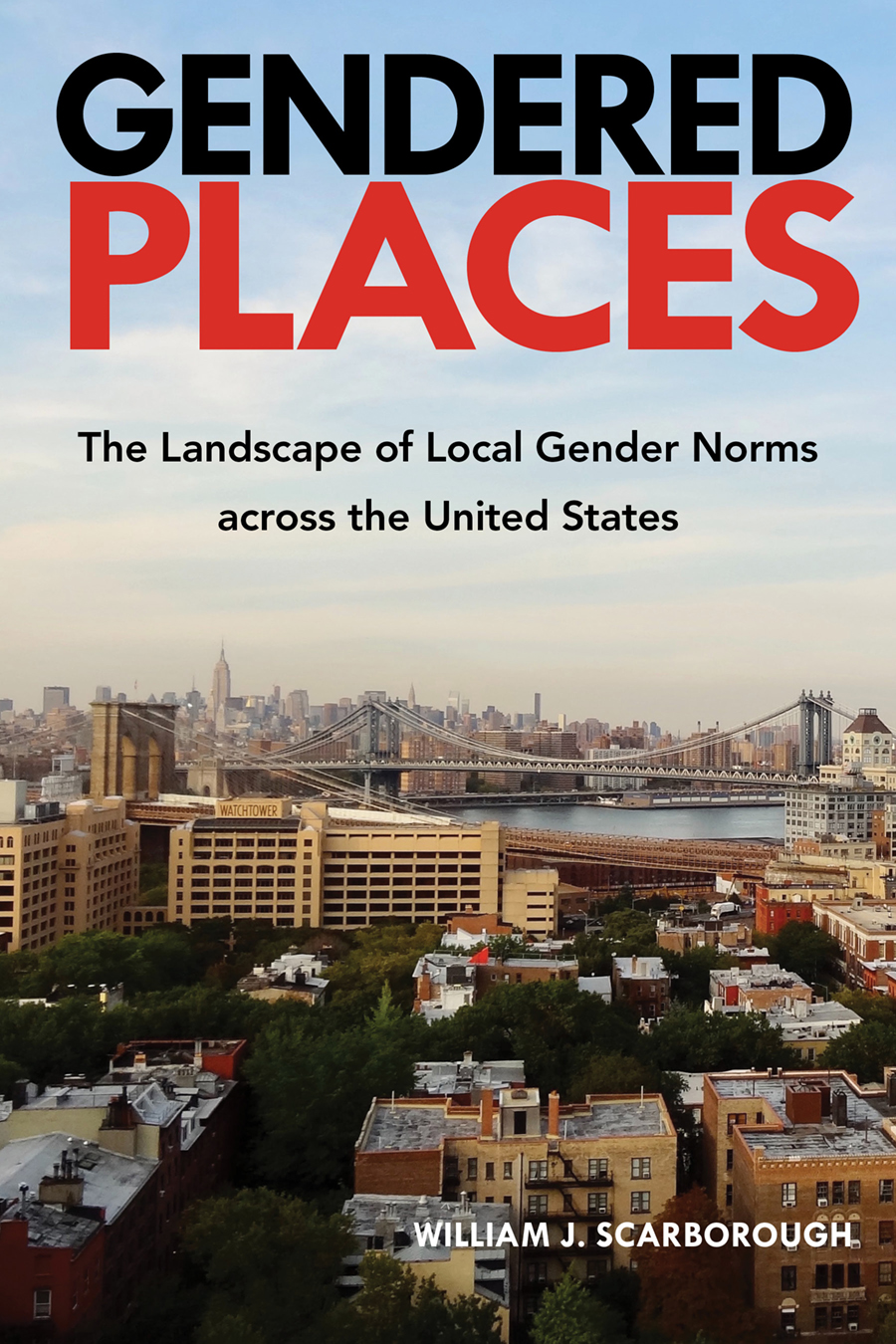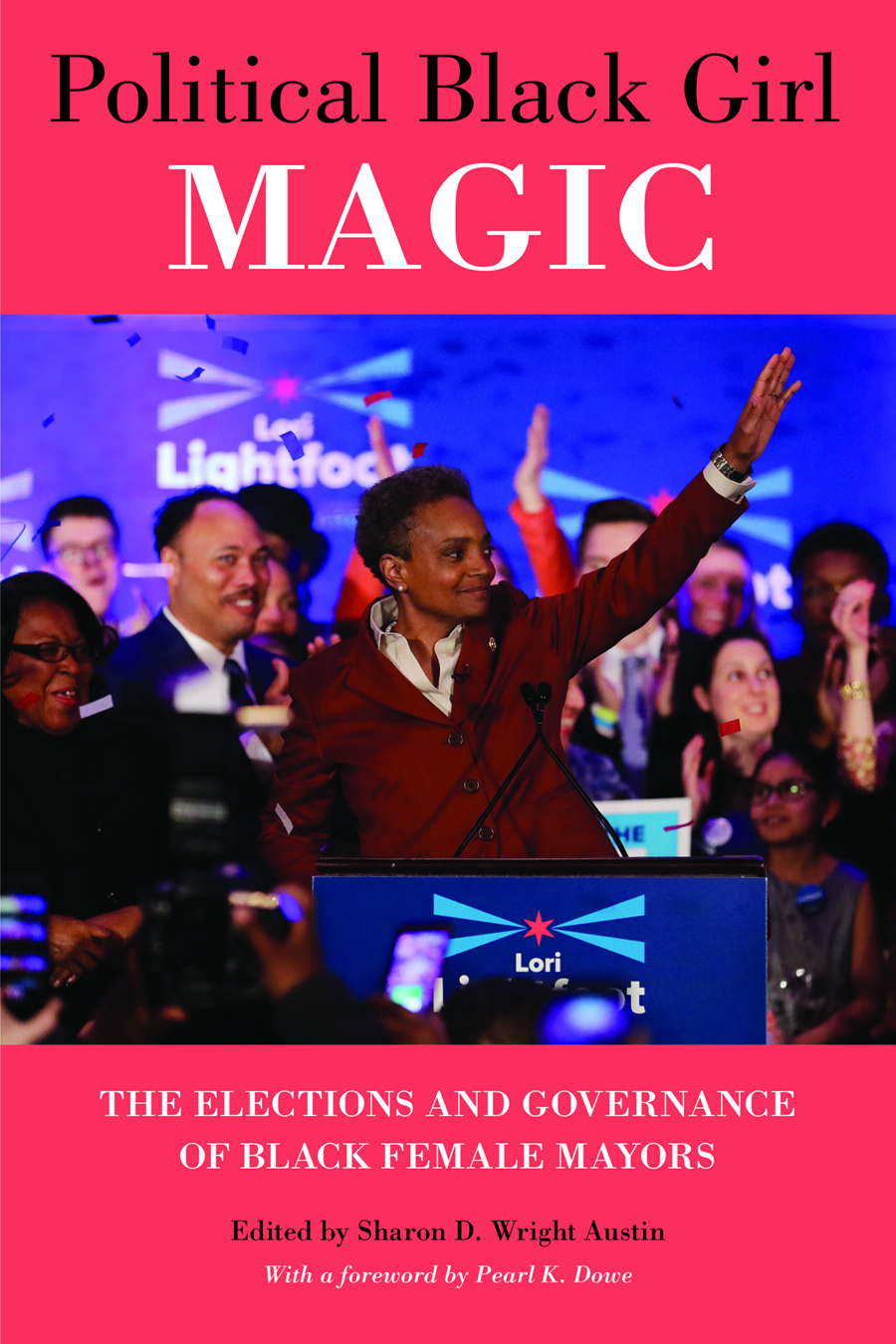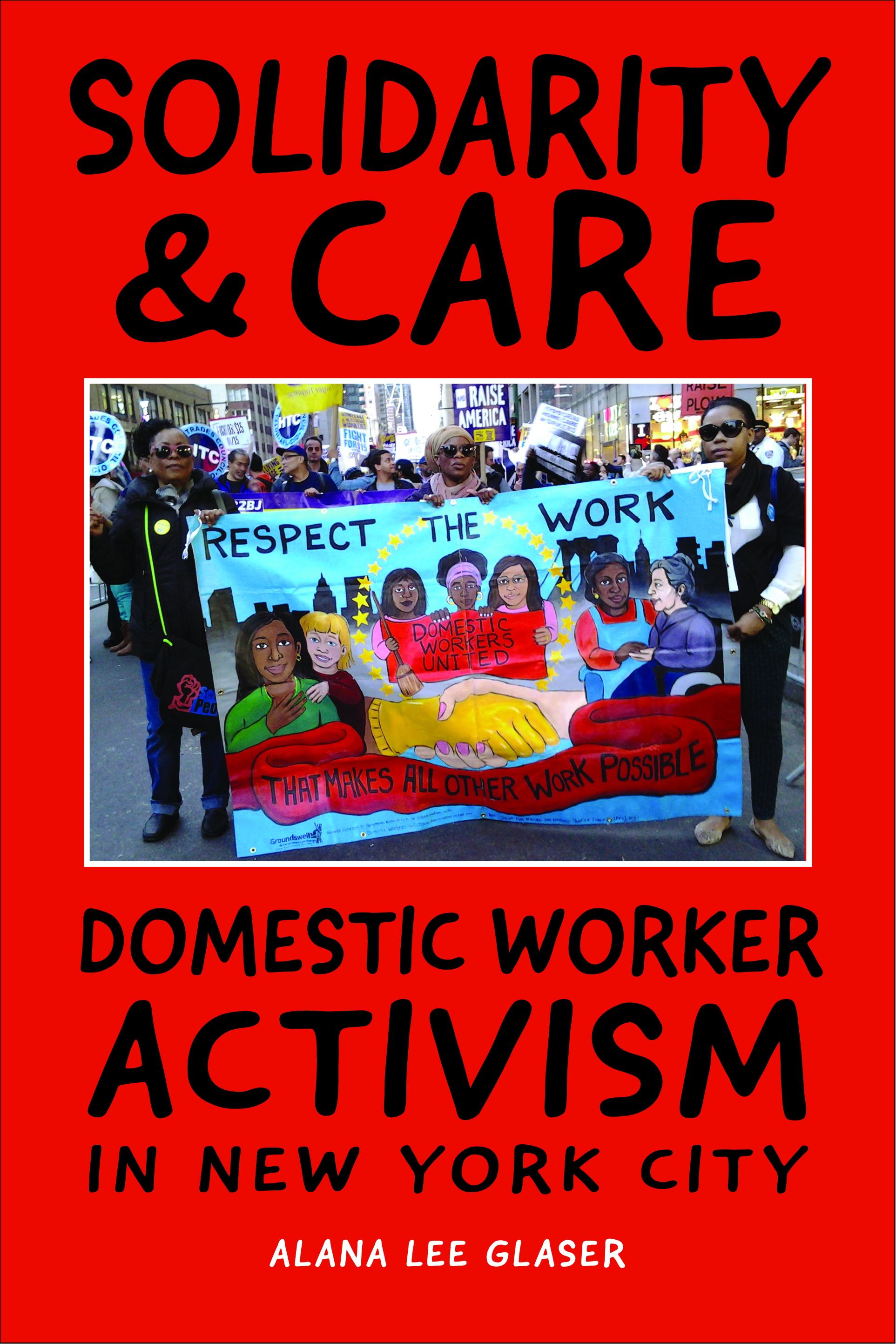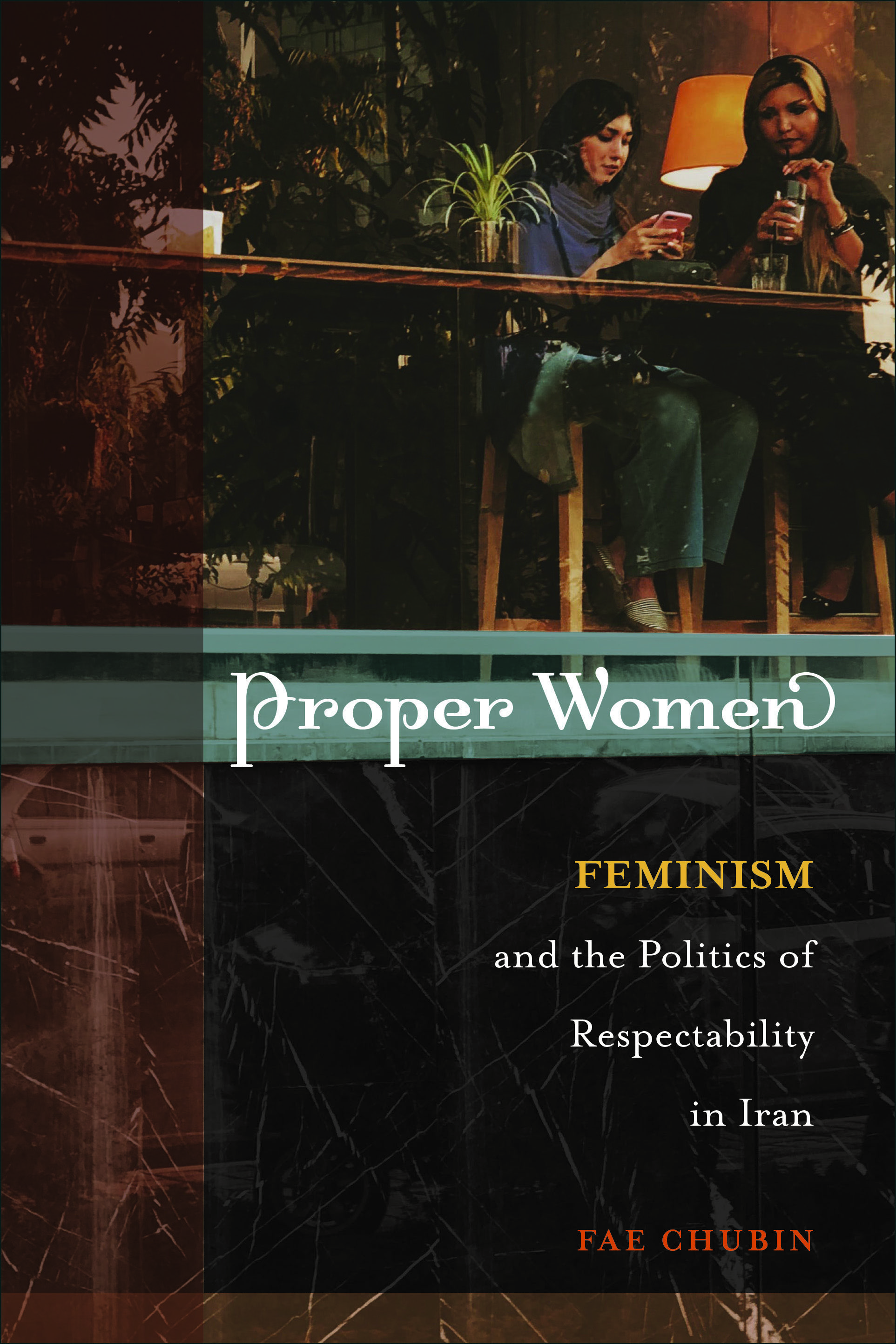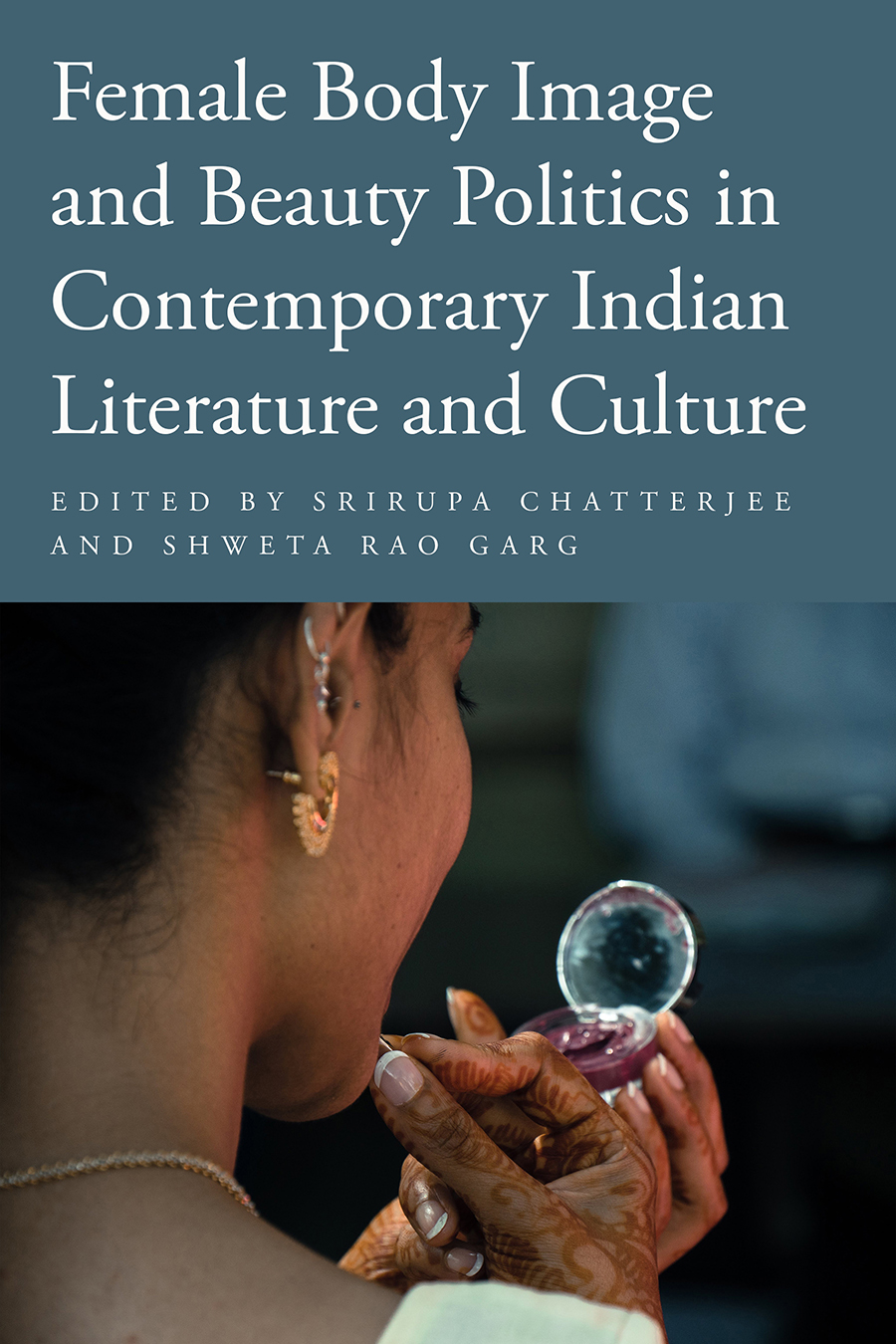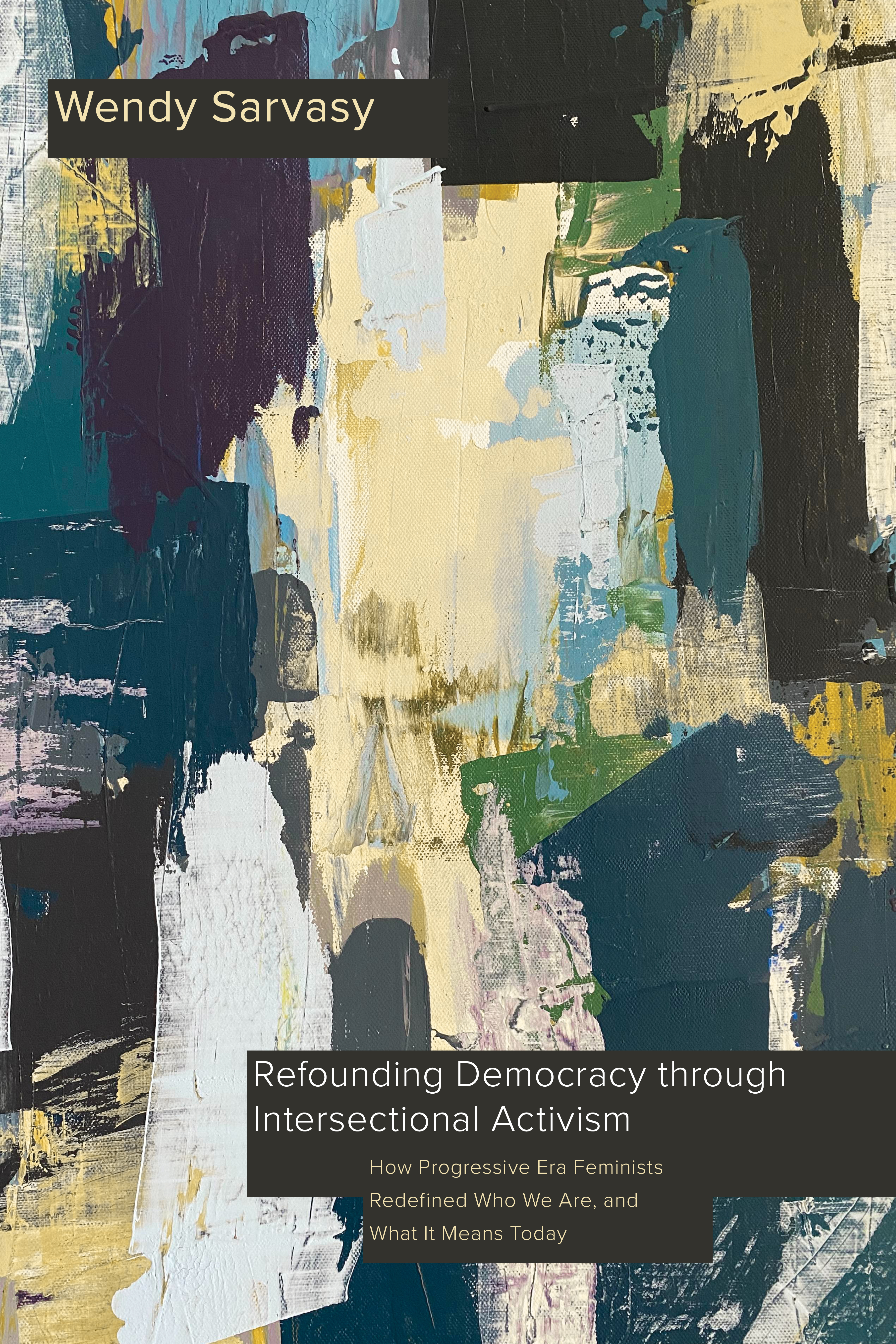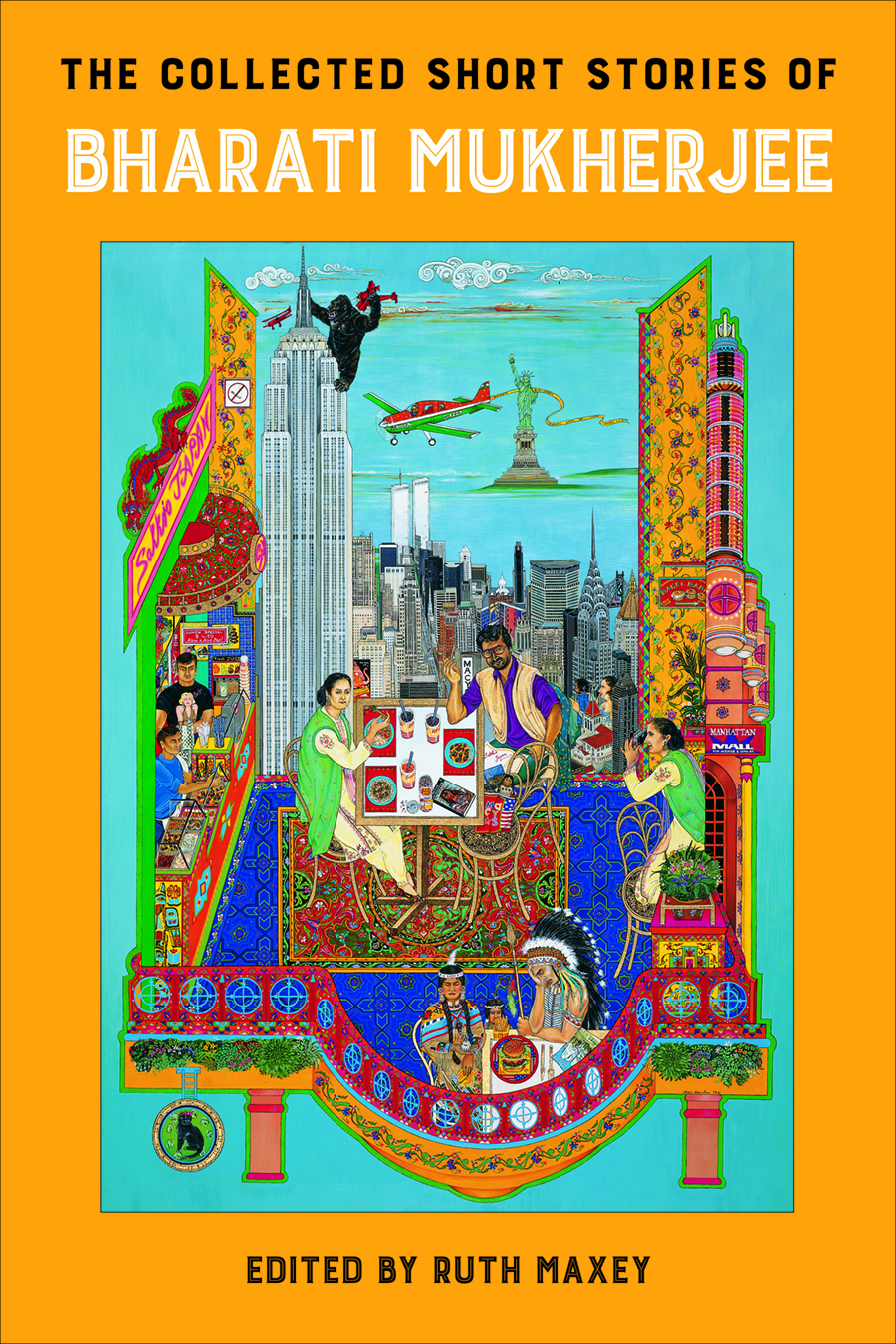This week in North Philly Notes, Srirupa Chatterjee and Shweta Rao Garg, coeditors of Female Body Image and Beauty Politics in Contemporary Indian Literature and Culture, write about their awareness that the beauty ideal is a societal construct.

“I have read that Indian women bleach their skin to appear lighter. Is that true?”
“You should reduce a bit, else no one will marry you!”
When asked, we invoke colonialism, colorism, and a caste bias to explain the light-skin preference in India. But we may not confess that perhaps some of us bleached our skin as teenagers or had even used the highly controversial but bestselling Indian face cream, Fair and Lovely*, for years! Nor would we confess that we were asked to avoid tea and coffee out of the irrational fear of making our skins darker.
Similarly, India has no dearth of older men and women admonishing younger girls to appear slim and pretty. Fat shaming in schools and colleges is rampant and goes unchecked. Ironically, in a tropical country where women’s bodies are genetically wired to be voluptuous, girls and women are perpetually reminded of the desirability of the slim body. No doubt, many of us have at various periods, practiced stringent diet regimes and succumbed to exercise mania to obtain popular body proportions.
The beauty bias runs deep, and while we often subscribe to it, we rarely own up to it!
We grew up in India in the 1990s, when the country was ushering in economic liberalization. We were bombarded with images of Euro-American bodies through satellite television and print and digital media. We saw increasing airtime given to beauty contests. We even celebrated in 1994 when both Miss Universe and Miss World were women of Indian origin. The pageants perhaps had a momentous influence on our adolescent selves. We knew what a universal beauty ideal was and realized, with some despair, how impossible it was for us to attain those ideals realistically.
Beauty pageants were indeed not the first exposure we had to beauty bias. Women and girls have been routinely scrutinized over skin tone, weight, and youthfulness, to name a few, in our communities. We were keenly aware that girls who were not conventionally “good looking” could be perceived as a liability by their parents for being rejected by the marriage market. Looks matter in cases where dowry is concerned. Furthermore, if a girl child is disabled, then the premium goes up many notches.
An awareness that the beauty ideal is a societal construct came quite late for us. We studied feminist scholars and read feminist fiction and films to understand how women and females with alternate sexual identities are conditioned to internalize self-loathing. Our lived experiences with our body image in many ways pushed us to pursue academic interests in exploring the vexed issue of body image in creative ways.
Body image issues could seem like a trivial issue when women in India grapple with burning problems, beginning with domestic violence, female foeticide, and caste-based violence to income inequality, nutritional inequality, and so on. However, if we were to look at the scale of the number of women who suffer body shaming and the emotional cost of beauty labor, the count would far outweigh the tactile and material forms of violence and injustice mentioned. And this being the case, the implications of body shaming being a trivial matter vanishes.
In Female Body Image and Beauty Politics in Contemporary Indian Literature and Culture, we bring together essays by expert feminist scholars of the field that analyze literary texts, memoirs, magazines, blogs, advertisements, and Bollywood films, among others. We chose essays from the post-liberalization era to the present. These essays showcase how body image shapes women’s lives and identities in contemporary India. They also explore how the subject position of women, their age, fertility, caste, sexual orientation, sexual expression, physical ability, and class have unequal repercussions on a body image.
In conclusion, we claim that “body positivity” has been a buzzword on social media in India and worldwide. On one hand, young women are handed down the message that accepting one’s body is essential; on the other, celebrity culture and social media fetishize hard-to-attain beauty standards mediated with expensive beauty regimes, surgical interventions, extreme diets, and image manipulation.
Would we have grown up differently if we knew how beauty politics manipulate us and what body positivity truly entails? We surely may have been more comfortable in our bodies or our skins. Our book, then, starts the crucial conversation toward understanding the cost of beauty bias in India, and aspires to a day when women and girls feel more empowered in their bodily selves.
*Now Glow and Lovely
Filed under: Anthropology, asian american studies, Asian Studies, ethics, gender studies, health, literature, Mass Media and Communications, political science, race and ethnicity, racism, sociology, women's studies | Tagged: Advertisements, aesthetic procedures, ageism, beauty contests, bleaching skin, body image, body positivity, body shaming, Bollywood, caste, caste bias, class, colonialism, colorism, diets, disability, fat shaming, female bodies, femininity, feminism, india, Indian literature, Indian popular culture, liberalization, looksism, mass media, neo-liberal India, queer bodies, sexuality, skin color, skin tone, social media, technology, transgender bodies, weightism | Leave a comment »





